Ultimate Guide to Earl Grey
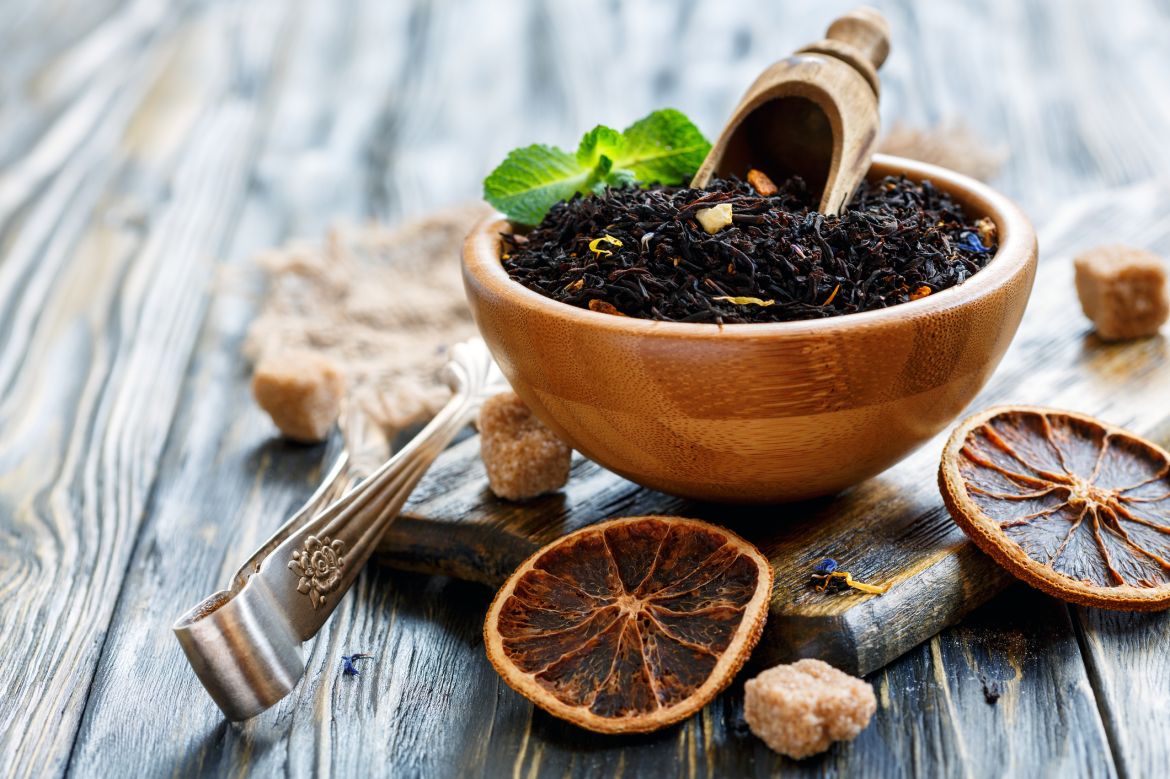
What is Earl Grey?
One of the nations favourite flavoured teas has to be the aromatic Earl Grey. Traditionally, Earl Grey loose-leaf tea is a well-known and refreshing flavoured black tea. Blended with oil from the rind of the bergamot fruit, it is highly aromatic and the perfect accompaniment with afternoon tea. Conventionally made with Chinese black tea, Earl Grey is also now produced using teas from other parts of the world and leaves can originate from Ceylon (Sri Lanka), India or Africa. The tea leaves for Earl Grey can vary greatly in quality too and can come from small tea gardens and large tea plantations. Our Darjeeling Earl Grey is blended using an autumnal Darjeeling tea from the foothills of the Himalayas; while our Organic Duke of Grey is based on Assam leaves for their malty and deep flavour. The unique Earl Grey flavour goes way beyond black tea, however, and we’re also big fans of green Earl Grey and Rooibos Earl Grey varieties. The flavour possibilities are quite endless, but more on that later!
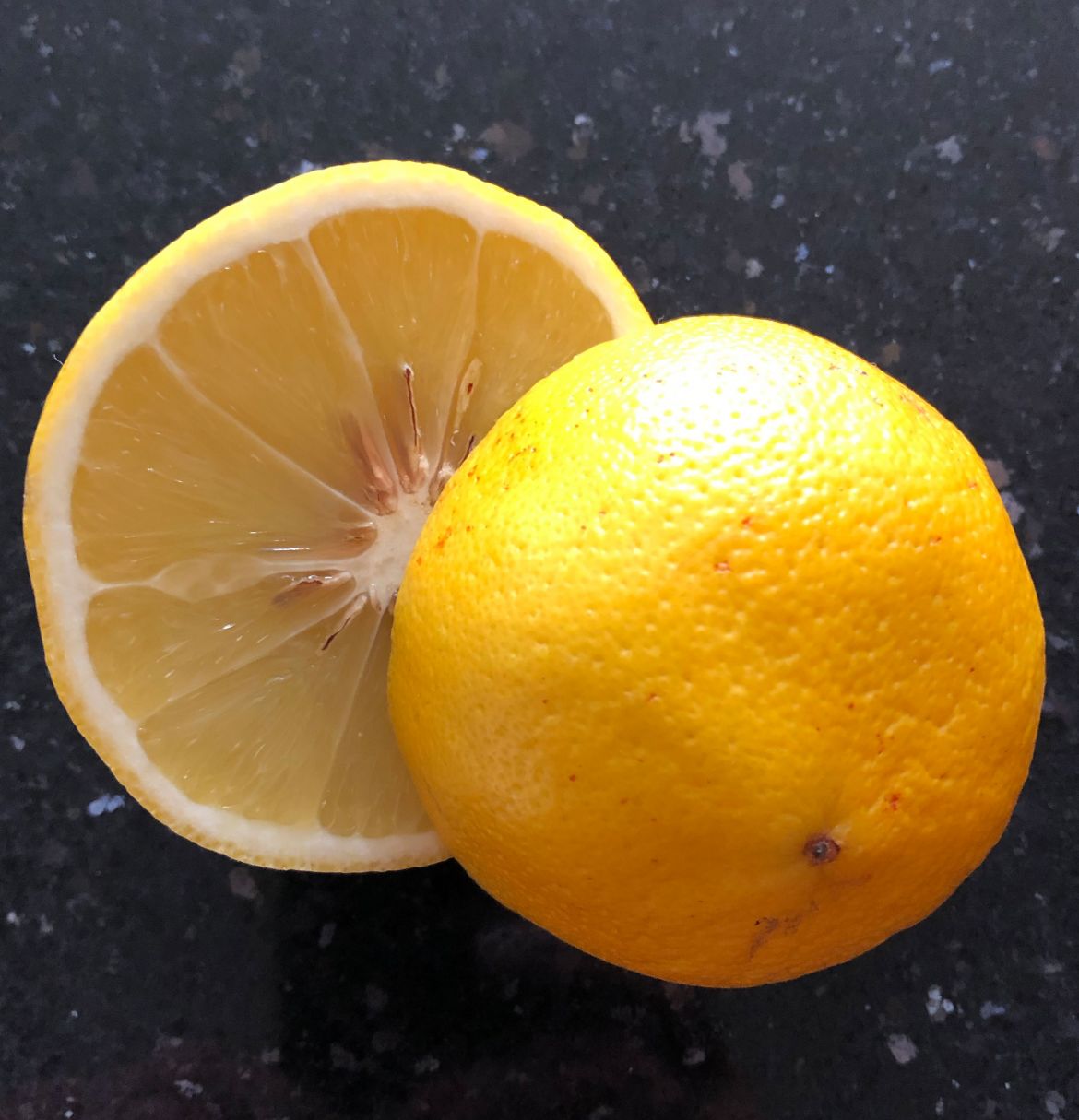
Bergamot
Earl Grey is famously flavoured and scented with bergamot oil which is extracted from the Bergamot fruit, a member of the citrus fruit family. Similar to the orange, it has an almost rounded shape, and the rind colour ranges from a deep warm yellow to light orange. Today, Bergamot is largely farmed in France and Italy. Originally, Bergamot was used for Ayurvedic medicinal purposes to treat problems related to digestion, skin health, and fever. Because of its divine scent it is now predominately grown to extract oils from the peel to use for scenting perfume, aromatherapy, culinary dishes and of course tea.
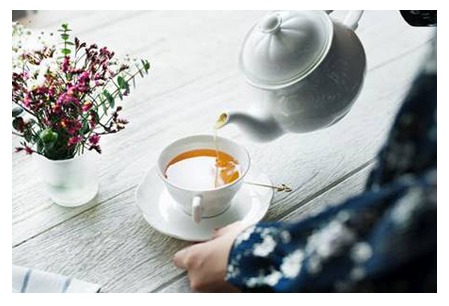
Tea Quality
Some lower grade Earl Grey tea, like those in some traditional tea bags found on many supermarket shelves, will be flavoured with citrus flavouring, as opposed to essential oil, and the black tea itself will come in the shape of dust inside the bag, offering much less flavour and aroma. Low-quality tea will unlikely be scented with high-quality flavouring. The better both components, the better the final product and we would always recommend loose-leaf Earl Grey tea to best enjoy this unique floral tea experience.
Herbals and other Flavours
Other herbals can also be added to Earl Grey such as cornflower petals which are enlivening in blue or red colour and are known for several health benefits from liver and gallbladder stimulation to relieving congestion. We’ve also seen our beloved Earl Grey infused with pieces of citrus fruits and other flowers. Our advice? Settle for only the best - ideally loose leaf for a fuller bodied, aromatic and enchanting tea. Our loose-leaf Princess Grey tea, for example, is a tea blend of smooth autumn Darjeeling and Chinese Keemun with fresh bergamot flavour. It is a gentler version of Earl Grey with refreshing hints of citrus.
Earl Grey – A Potted History
Earl Grey tea really is named after Charles Grey, the second Earl Grey, who was Prime Minister of Britain in the 1830s. Famous for the abolition of slavery across the British Empire and the 1832 Reform Act, Earl Grey was somewhat of a celebrity. Numerous accounts suggest the commercial provenance of Earl Grey. One hints to Lord Grey’s wife, Lady Grey, entertaining politicians and prominent individuals by serving Earl Grey tea at functions and benefits. This ‘new’ tea became hugely popular among the upper classes and the rest, as they say, is history. Another account suggests that the addition of bergamot oil was not for aroma and flavour but added to counterbalance the high presence of lime in the water at Howick Hall, the family estate in Northumberland. Whichever story is accurate, perhaps there’s a sense of truth in each, yet Earl Grey tea, as with all tea imported into Britain at the time, was a luxury item, available to just to the privileged few.
Earl Grey Green Tea
We’ve already mentioned that traditional Earl Grey is a black flavoured tea, but the aromatic partnership is not exclusive to just black tea. The unique citrusy sweet flavours can be perfectly matched to green tea too. Our loose-leaf Sencha Earl Grey is light and fresh and full of antioxidants. The large leaves are steamed and lightly blended with bergamot, and we’re convinced that it’s a must-try for Earl Grey lovers who want to explore the green tea path!
Earl Grey Rooibos
If you love Earl Grey but prefer to avoid the caffeine, our Rooibos version of the classic is definitely worth a try. Because Rooibos is naturally caffeine free and high in vitamin C, we’ve used the very best ‘red-bush’ from the Cedar Mountains in South Africa to create a natural creamy tasting flavoured tea that compliments the citrusy zing of bergamot perfectly.
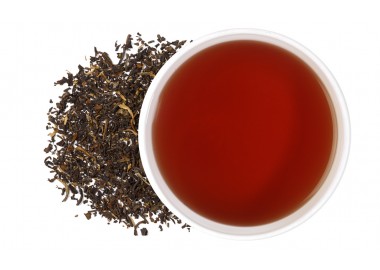
How To Brew The Perfect Cup of Earl Grey Tea?
At Cup of Tea, we have made millions of cups of tea in our time, and we’re still learning about the types of tea used in our Earl Grey range. Many factors can contribute to the overall flavour, aroma and balance of the tea. Things like PH balance of the water, is it filtered or not, what additions you may add such as lemon or honey, and even the tea leaf origin - from Darjeeling or Assam can impact the flavour. We’ve made that many cups that we think, hope and pray that we’ve got the brewing process down to a fine art.
Method
• Boil freshly poured cold water
• Place the tea leaves in a tea strainer/teapot
• Pour the hot water over the leaves
• Steep the tea for the appropriate amount of time (all our teas come with brewing instructions, and we always use a timer)
• Strain the tea or discard the leaves
• Add a slice of lemon, honey or dash of milk
• Sit back and enjoy!Serve Black, with Milk or in Gin or Cake?
As a general rule, Earl Grey is usually served black or with honey, sugar and a slice of lemon. In fact, our founder and tea expert Christine Collins suggests that “Earl Grey is actually one of the few teas that work with a little fresh lemon if people prefer a more intense lemon taste”.
Yet some folk do love a splash of milk in it too.Here at Cup of tea H.Q. we’ve been experimenting with incorporating Earl Grey in more than just tea! We sent our operations guru, Alex, on a mission to experiment with Earl Grey tea in unusual and utterly delicious ways. We’ve developed a few recipes including a milkshake, infused gin and a cake, which we’d like to share with you.
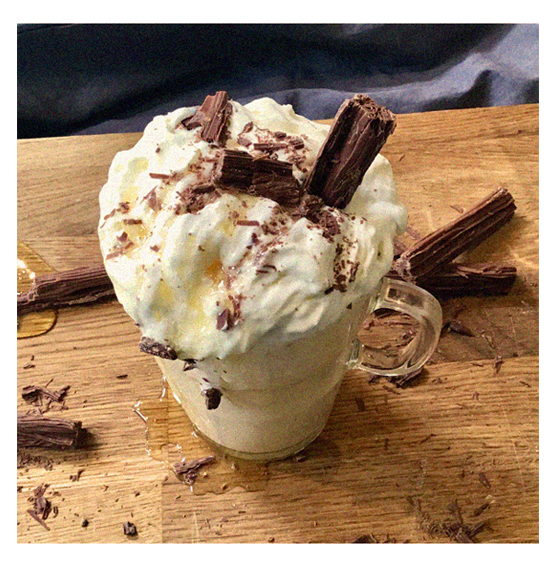
Indulgent Earl Grey Milkshake
(Serves two)
Ingredients
• 2 teabags – we’ve used Joy of Tea
• 120ml warm water
• 1 teaspoon of runny honey
• 350ml vanilla ice cream
• 230ml milk
• 120ml cream
• Whipped cream – optional
• Chocolate shavings – optional
• Honey to drizzle – optionalMethod
• Add Earl Grey to boiling water and steep for 4 minutes only.
• Add honey and dissolve
• Allow to cool completely
• In a food processor or Nutri-bullet blend ice cream, milk, cream and tea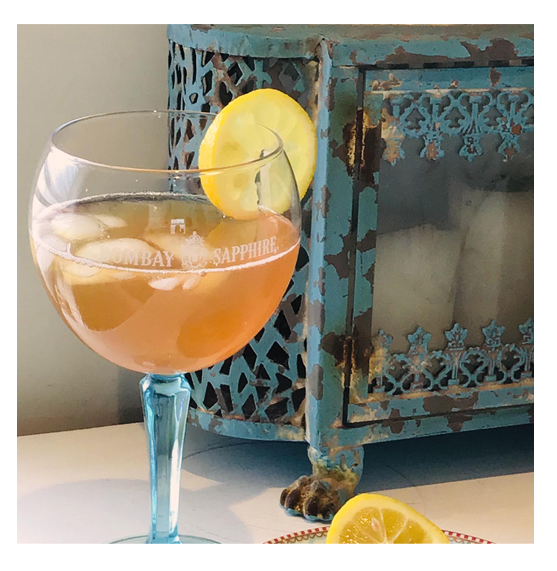
Earl Grey Gin
You could, however, try it in a more grown-up way, and this version we advise enjoying on a late afternoon with friends
Ingredients
• 20g loose-leaf Earl Grey – we’ve used High Tea
• 750ml bottle of gin (we opted for Bombay Sapphire)Method
• Simply add the loose leaf tea into the gin bottle
• Shake vigorously and leave for two hours to infuse
• Strain and decant into a glass bottle
Serve in a number of ways, but we love it with fresh lemon and elderflower cordial with a splash of tonic or soda. Or if elderflower cordial is a little early for the season, sweeten with sugar syrup or runny honey and enjoy!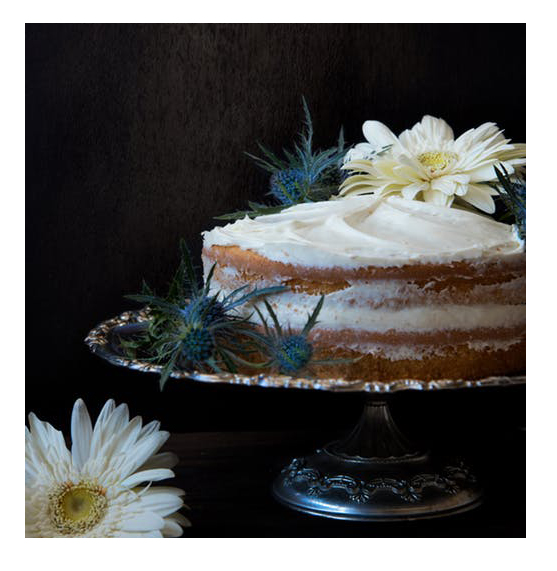 Earl Grey Cake
Earl Grey CakeWe love the classic flavour of Earl Grey so decided to use an infusion of the flavoured tea in cake. Here is our recipe for a fluffy sponge cake with fresh fruit.
Ingredients
• 20g Earl Grey tea - we’ve used High Tea
• 200g plain flour • ½ tsp bicarbonate of soda
• 120g butter
• 330g caster sugar
• 3 large eggs
• 120ml buttermilk
• ¼ tsp vanilla extractDrizzle Grey Icing:
• 100g icing sugar
• Grated zest of ½ lemon
• Strong cold Earl Grey tea – 1 mug full (1 teaspoon of loose leaf tea)
• Fresh fruit to decorateMethod
• Preheat the oven to 180ºC/fan 160ºC/gas mark 4.
• Grease and line a loaf tin then dust the insides with flour
• Use a pestle and mortar to grind the tea leaves to a fine powder
• Sift the ground tea, flour and bicarbonate of soda into a bowl and set aside
• Beat the butter and sugar until light and fluffy
• Add the eggs (one at a time)
• Slowly, fold in half of the flour mixture until thoroughly combined
• Add half the buttermilk and mix well
• Fold in the remaining flour mix, buttermilk and the vanilla extract and mix well
• Pour the mixture into the tin
• Bake the cake for 40–50 minutes, until golden brown and springy
• Leave to cool in the tin, then turn out on to a wire rack to cool completely.
• Once the cake is nicely cooled, make the icing
• Sift the icing sugar into a bowl and add the lemon zest.
Add the cold tea a little at a time, stirring thoroughly until the desired consistency of icing
• Drizzle the glaze all over the cake – we encourage lots of drizzling!
• Leave the icing to set, and then decorate with fresh fruit.- 20th March 2019












 EARN POINTS WITH OUR LOYALTY SCHEME
EARN POINTS WITH OUR LOYALTY SCHEME